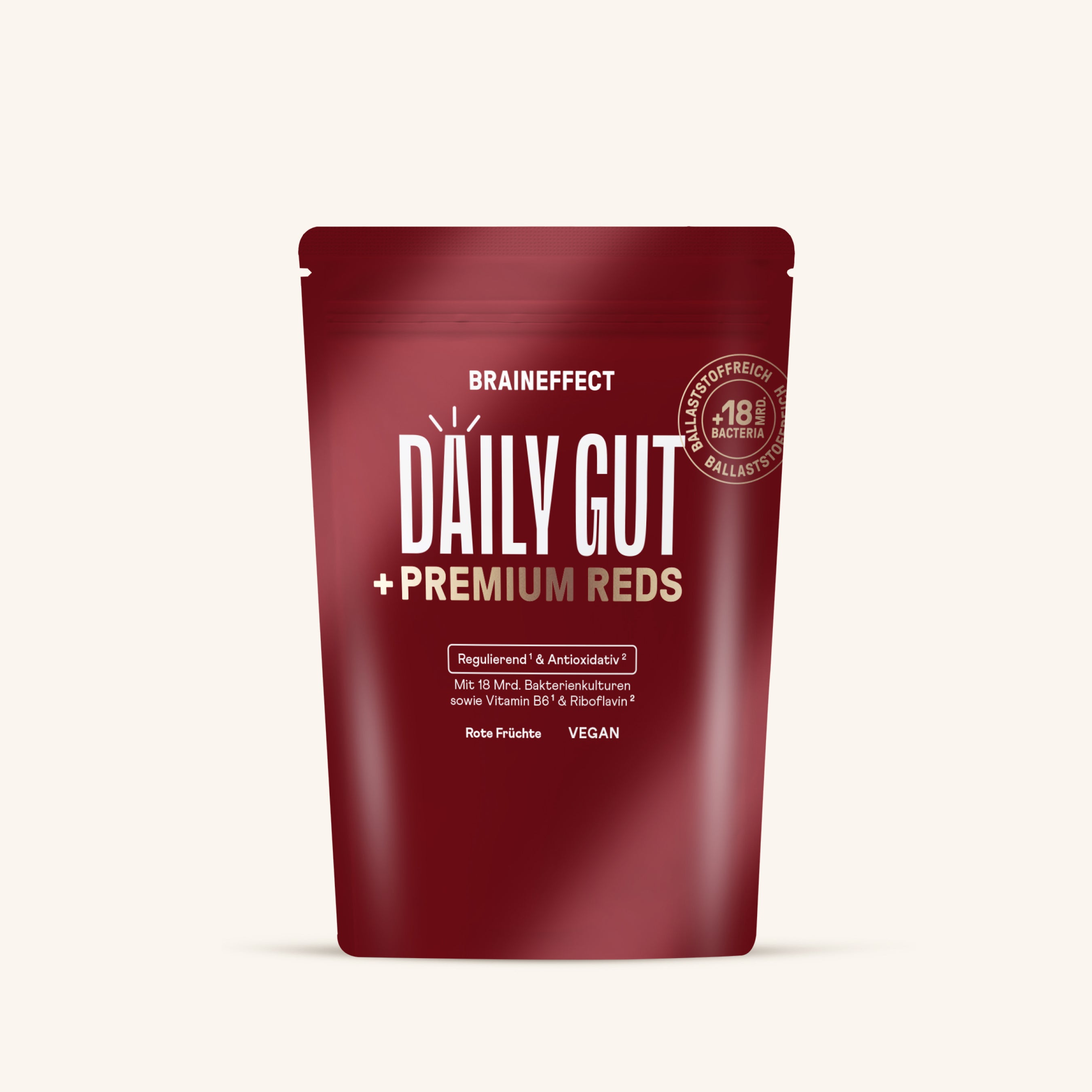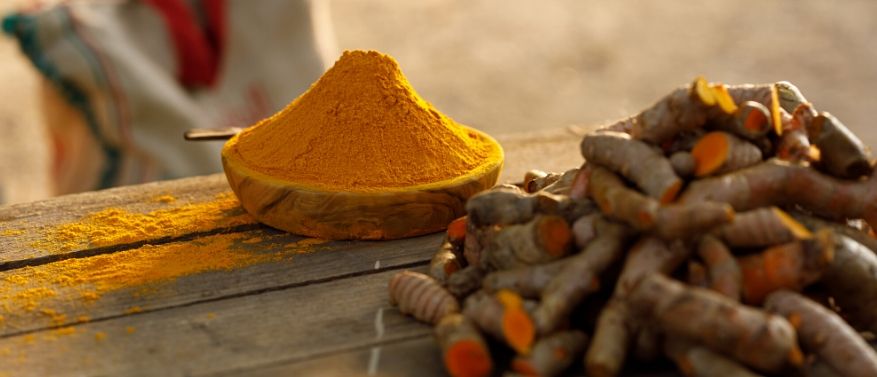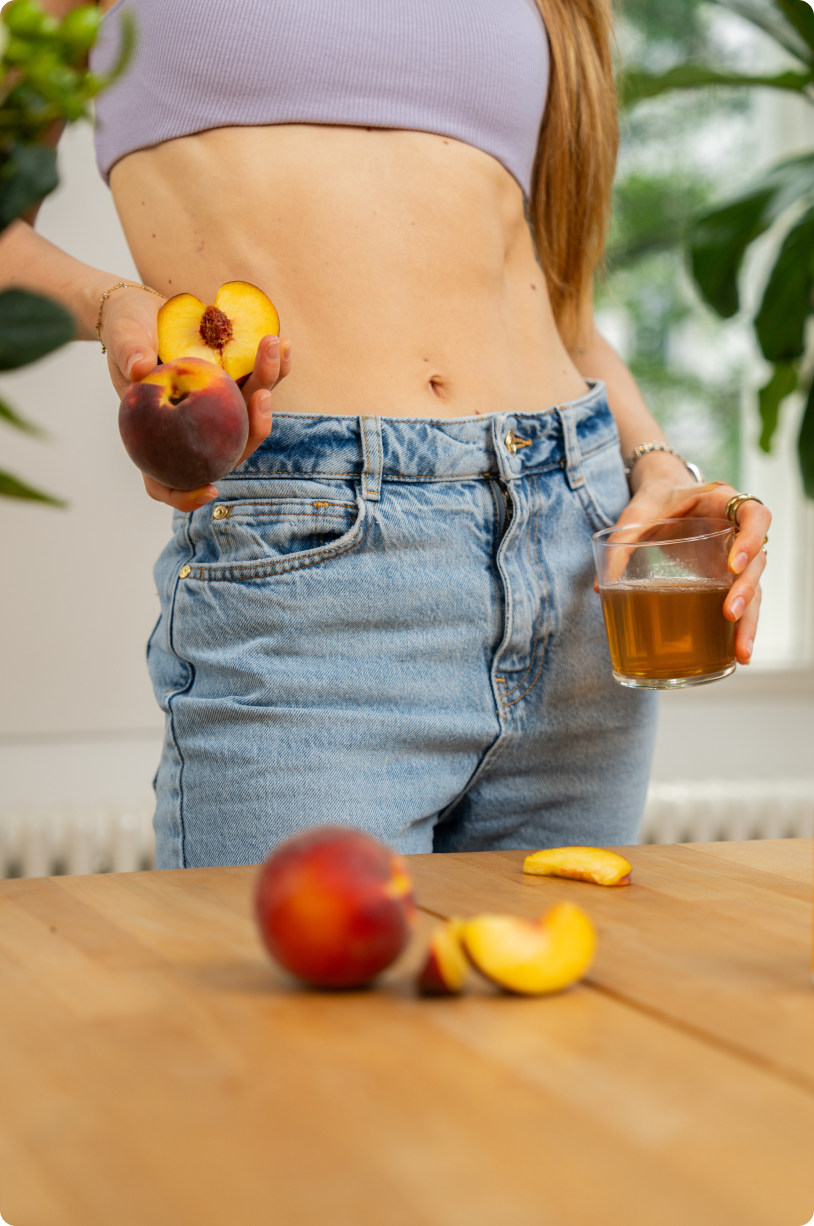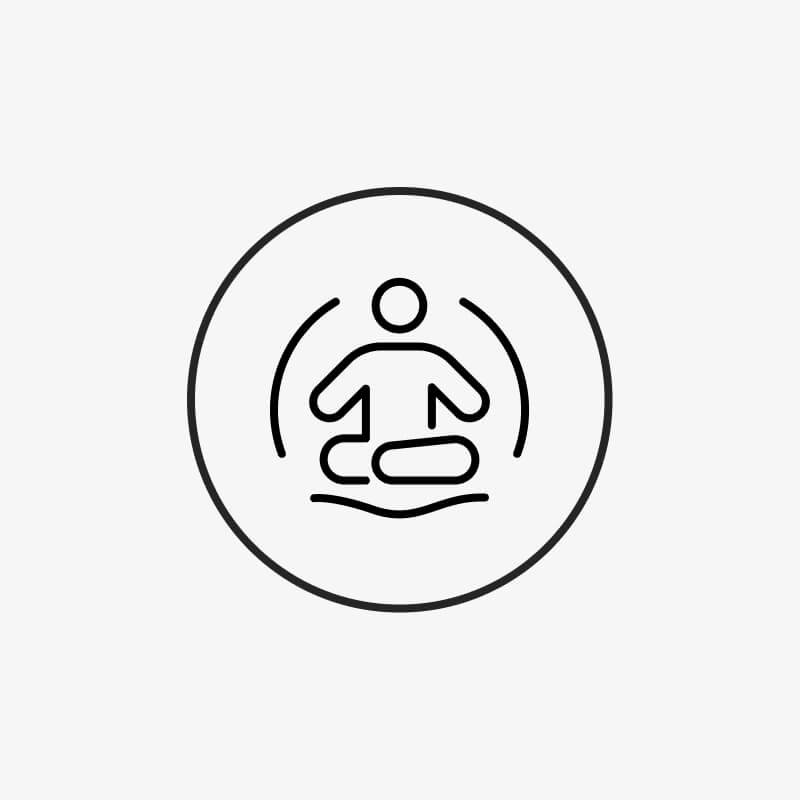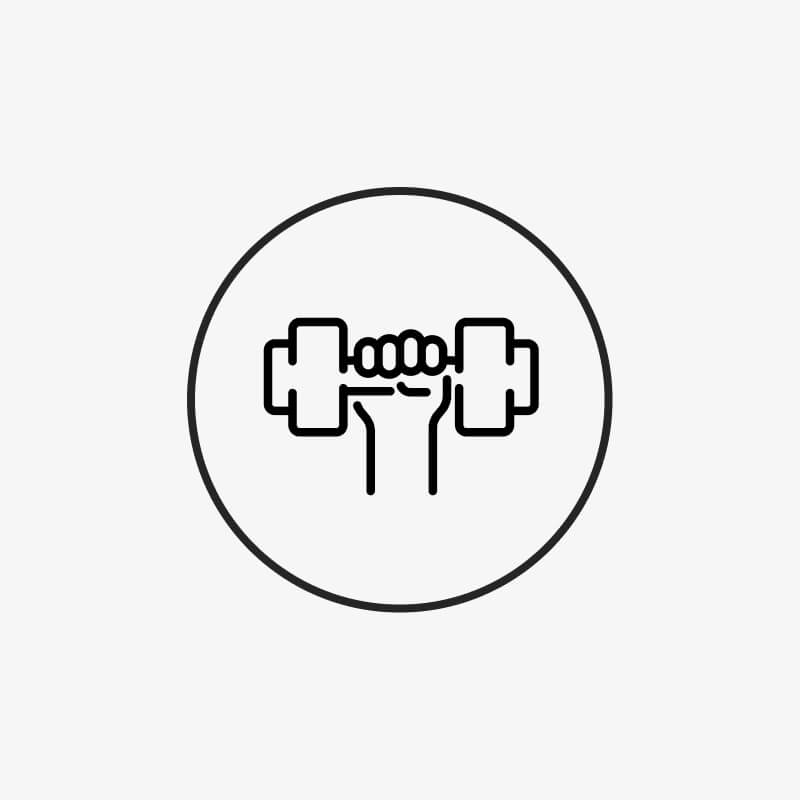For centuries, people around the world have used turmeric for medicinal and cosmetic purposes. Turmeric root, related to ginger, has an intense yellow-orange color and is used both as a culinary spice and in dietary supplements. In this article, you'll learn about the properties of this golden spice, its uses, and possible side effects.
Table of contents
1. Ingredients of Turmeric
Turmeric contains important minerals such as potassium, calcium, magnesium, phosphorus, iron, manganese, selenium, zinc, and chromium. It also contains vitamin B1 ( thiamin ), vitamin B2 ( riboflavin ), vitamin B3 ( niacin ), and vitamin B6 ( pyridoxine ), as well as vitamin C and vitamin E. Also known as yellow root in Germany, this food also contains beta carotene , which your body can convert into vitamin A.
Curcumin (2-5%) and other curcuminoids are responsible for the intense color of turmeric. These are also the biologically active components of the turmeric root. The popular turmeric powder, which you can buy in capsules for oral use, usually contains only curcumin.
2. Areas of application and effects of turmeric
To fully benefit from turmeric 's effects , you need more than just the spice. It would be very difficult to achieve a sufficiently high dose of curcumin with good effects from just a well-seasoned meal.
Therefore, curcumin is extracted and offered as a dietary supplement. To improve the absorption of the ingredient, the addition of piperine from black pepper is recommended, which can increase bioavailability by 2,000 times .[1]
The effects of turmeric have been evaluated in numerous studies, with researchers observing, among other things, a measurable improvement in post-exercise recovery time . A 2017 study published in the FASEB Journal observed the effect of curcumin on exercise-induced muscle damage, oxidative stress, and inflammation.
The scientists examined several inflammatory markers and recorded signs of muscle soreness before, immediately after, and at intervals after training.

For eight weeks, 49 subjects were observed, divided into three groups. While one group received 50 mg of curcuminoids, the second group received 200 mg, and the third group received a placebo. Subjects in the second group reported significantly less muscle pain and damage after exercise than all other participants. Both groups receiving curcuminoids had lower inflammation levels after exercise.[2]
Scientists from the Department of Sports Medicine at Uludag University also published a study in 2017 regarding the positive effects of curcumin on recovery. A curcumin supplement combined with black pepper was tested on 10 professional rugby players.
Participants received either the supplement or a placebo 48 hours before and after training. The supplement group showed significantly better performance during training and fewer muscle problems than the placebo group.[3]
3. Ways to take turmeric
Turmeric itself is used as a spice in the preparation of Indian dishes, for example. However, many people find the smell and taste of Indian cuisine too intense . This is another reason why taking turmeric capsules is a proven alternative .
The advantage of turmeric capsules is that the active ingredients are dosed higher and can be enriched with piperine . Piperine is found in black pepper and ensures that your body can process the curcumin better.
BRAINEFFECT HACK : In our CURCUMA CAPSULES you get 1,500 mg of curcuma rhizome extract per daily dose.
However, if you've developed a taste for turmeric but don't want to eat Indian food every day, you can make yourself a ROCKET TURMERIC LATTE , for example. This indulgent drink with our ROCKET C8 MCT oil is a great performance booster.
The recipe:
- ½ cup coconut milk
- ½ cup (filtered) water
- 1 tsp Ceylon cinnamon
- 1 tsp turmeric powder
- 1 pinch of black pepper
- 1 tsp vanilla extract
- ½ tbsp ROCKET C8
- ½ tbsp butter from pasture-fed cows
- 2 tbsp collagen powder (unflavored or vanilla flavor)
- Some stevia or similar to sweeten
BRAINEFFECT HACK : Here you can get our high-quality ROCKET C8 MCT oil.
{{widget type="egproducts/list_productbyid2" product_id="57" img_width="250" img_height="335" template="elegento/products/productteaser_by_id_2.phtml"}}
4. Side effects of turmeric
Even long-term oral use of turmeric for up to 12 months is considered safe , provided the maximum dose is not exceeded. The limit varies from person to person. Side effects can occur if the supplement is contaminated or mixed with additives .
Researchers found in a 2015 study that certain turmeric powders may contain fillers made from wheat or barley flour, cassava starch, or rye. These fillers may cause problems for you if you have a gluten intolerance, for example.[5]
Turmeric contains about 2% oxalic acid , which is found in various fruits and vegetables. Excessive intake of oxalic acid can lead to kidney stones , as scientists reported in a 2008 study in the American Journal of Clinical Nutrition.[6]
Other foods with high oxalic acid levels include rhubarb, spinach, chard, beetroot, nuts, cocoa, sorrel, and black tea.[7] They should therefore not be consumed in large quantities while supplementing with turmeric .
5. Conclusion
As you can see, the active ingredient in turmeric, curcumin, has been proven to improve your recovery after a workout. It can shorten recovery time and have a positive effect on muscle inflammation. This makes it an ideal supplement for you after you've been back to the gym.
It's important that you choose a high-quality turmeric or curcumin supplement that is pure and contains no additives. The exception is piperine, which has been shown to increase the bioavailability of curcumin. Turmeric supplements manufactured in Germany should be your first choice.
6. Sources
[1] Shoba, G. et. al. (1998) Planta Medica, p. 353-356. Influence of Piperine on the Pharmacokinetics of Curcumin in Animals and Human Volunteers. doi: 10.1055/s-2006-957450 [https://www.ncbi.nlm.nih.gov/pubmed/9619120]
[2] Jäger, R. et. al. (2017) FASEB Journal, Vol. 31, No. 1_supplement. Curcumin Reduces Muscle Damage and Soreness Following Muscle-Damaging Exercise. [https://www.fasebj.org/doi/abs/10.1096/fasebj.31.1_supplement.lb766]
[3] Delecroix, B. et. al. (2017) Journal of Sports Science & Medicine, p. 147-153. Curcumin and Piperine Supplementation and Recovery Following Exercise Induced Muscle Damage: A Randomized Controlled Trial. [https://www.ncbi.nlm.nih.gov/pmc/articles/PMC5358025/]
[4] Aguilar, F. et. al. (2010) EFSA Journal, p. 1679. Scientific Opinion on the re-evaluation of curcumin (E 100) as a food additive. doi: 10.2903/j.efsa.2010.1679 [https://www.efsa.europa.eu/en/efsajournal/pub/1679]
[5] Dhakal, S. et. al. (2016) Foods, p. 36. Evaluation of Turmeric Powder Adulterated with Metanil Yellow Using FT-Raman and FT-IR Spectroscopy. doi: 10.3390/foods5020036 [https://www.ncbi.nlm.nih.gov/pubmed/28231130]
[6] Tang, M. et. al. (2008) The American Journal of Clinical Nutrition, p. 1262-1267. Effect of cinnamon and turmeric on urinary oxalate excretion, plasma lipids, and plasma glucose in healthy subjects. doi: 10.1093/ajcn/87.5.1262 [https://www.ncbi.nlm.nih.gov/pubmed/18469248]
[7] Weiß, C. Dipl. oec. troph. (2019) Nutritional Review, pp. 636-639. Oxalic acid. [https://www.ernaehrungs-umschau.de/fileadmin/Ernaehrungs-Umschau/pdfs/pfd_2009/11_09/EU11_636_639.qxd.pdf]

